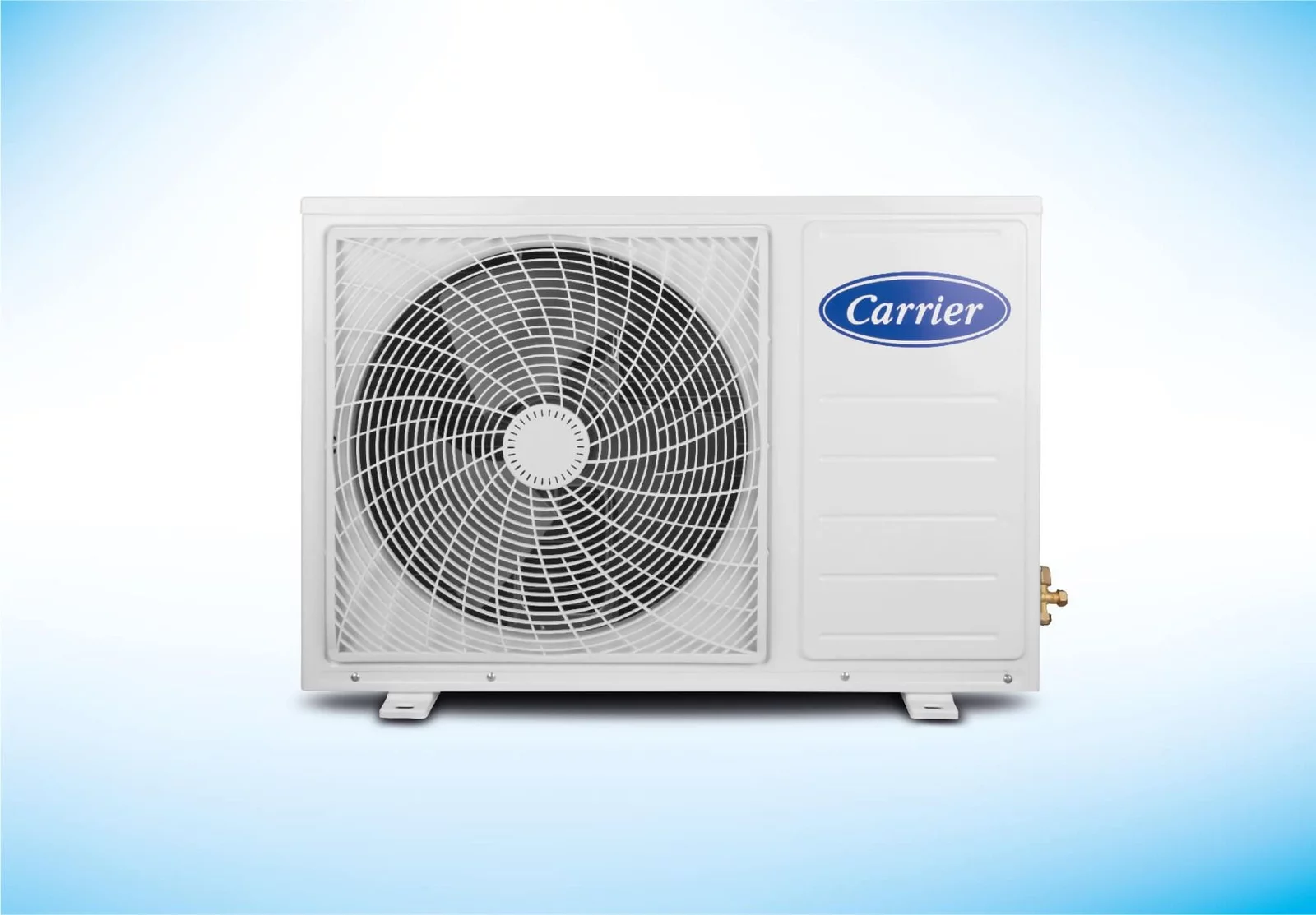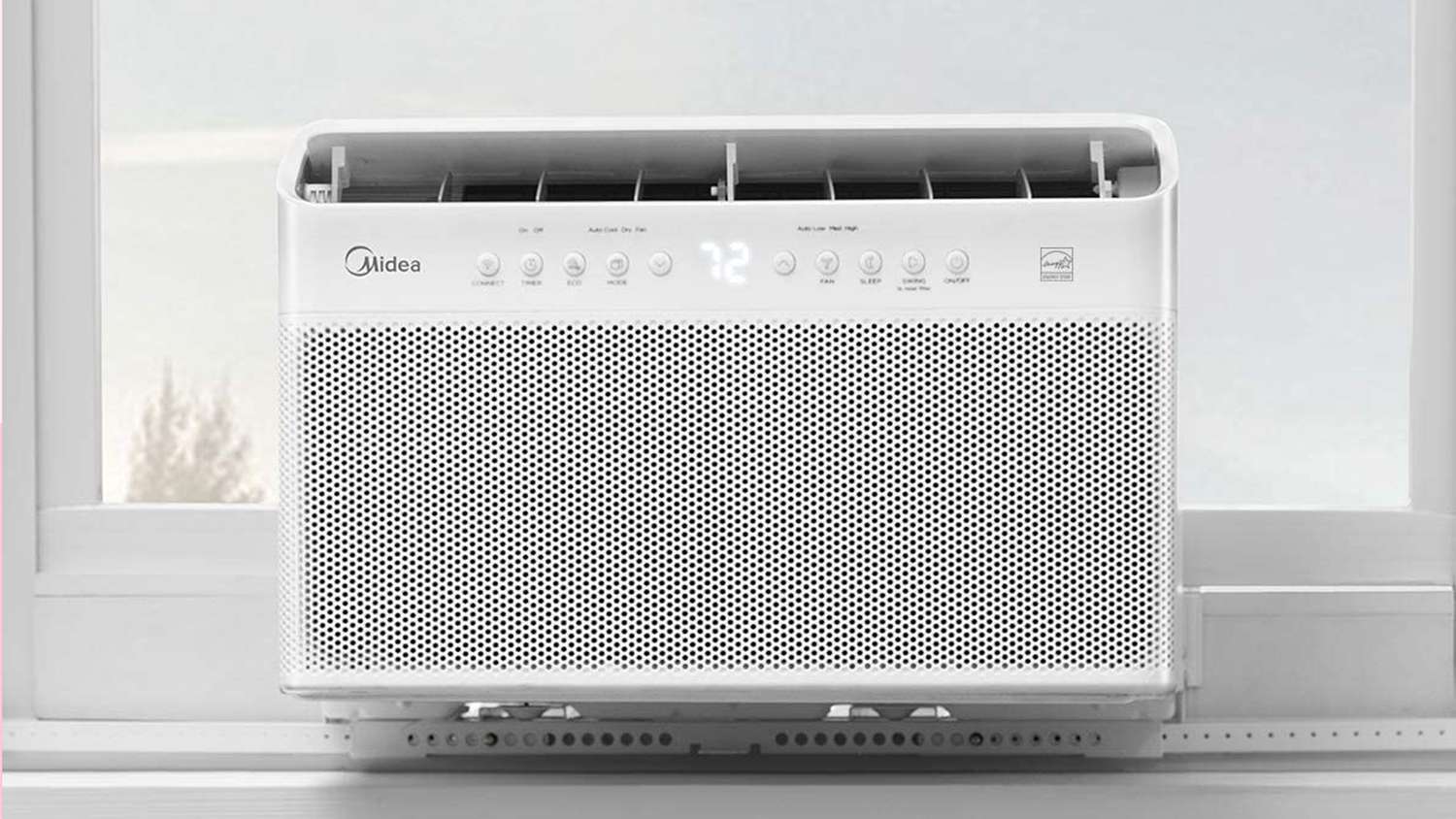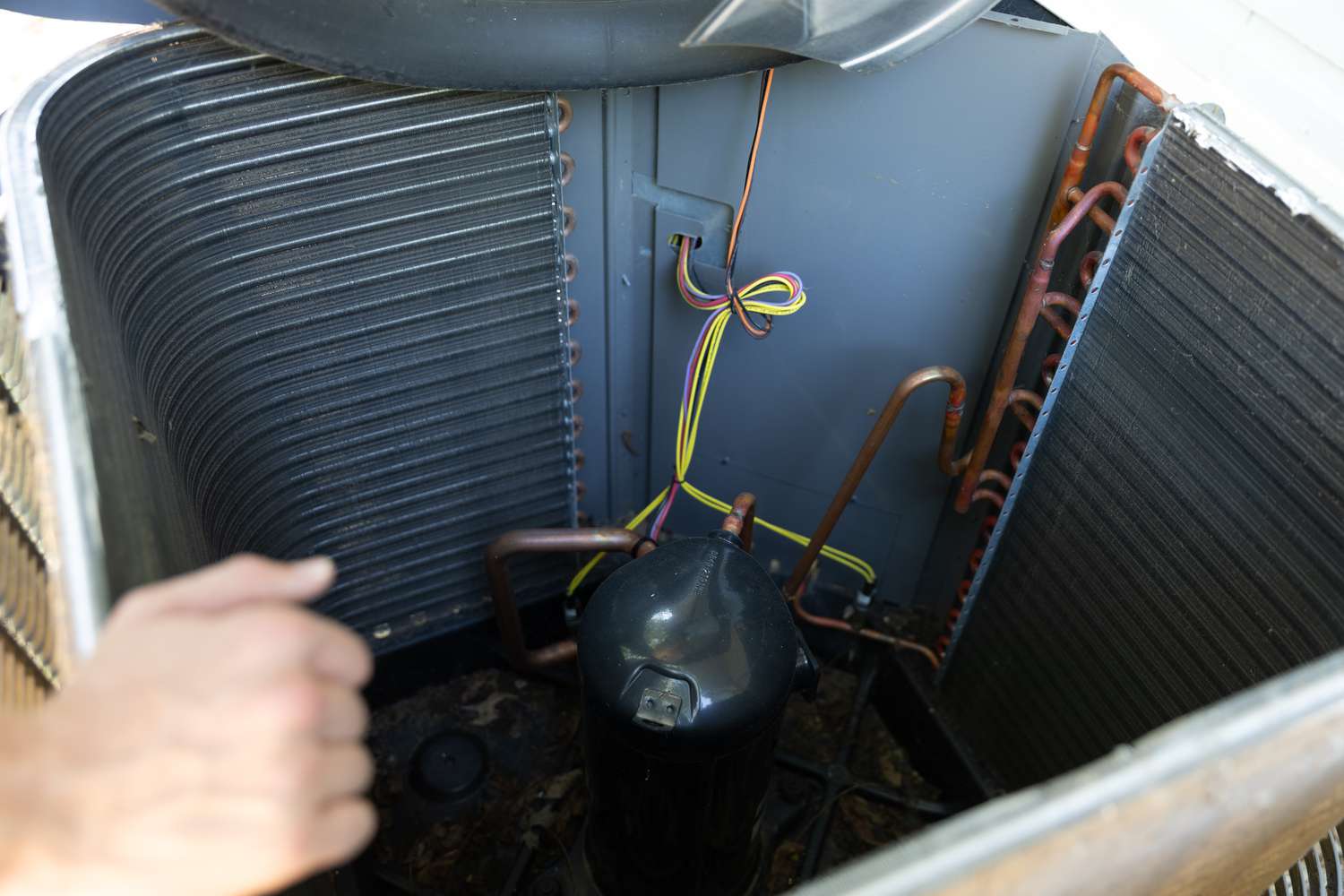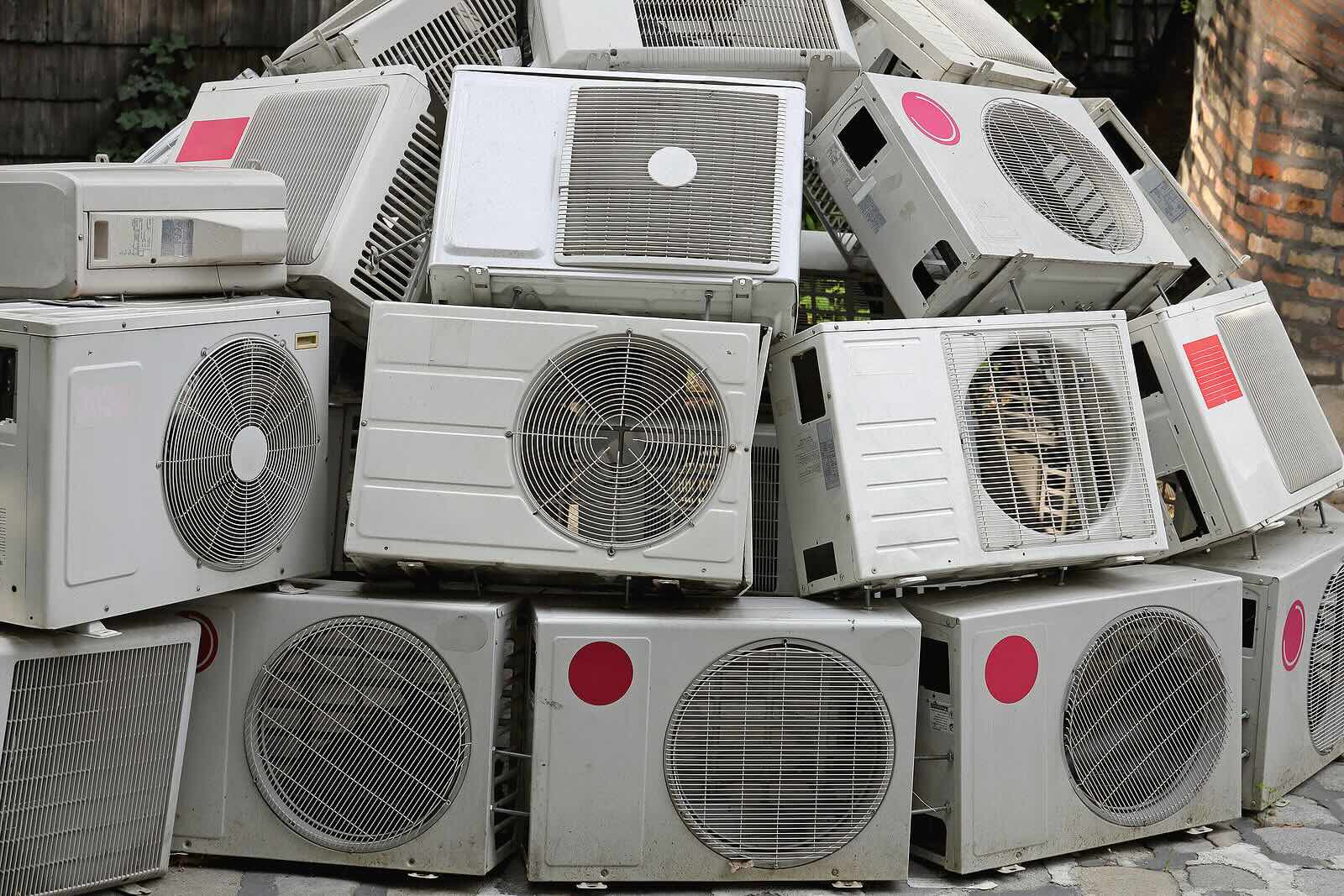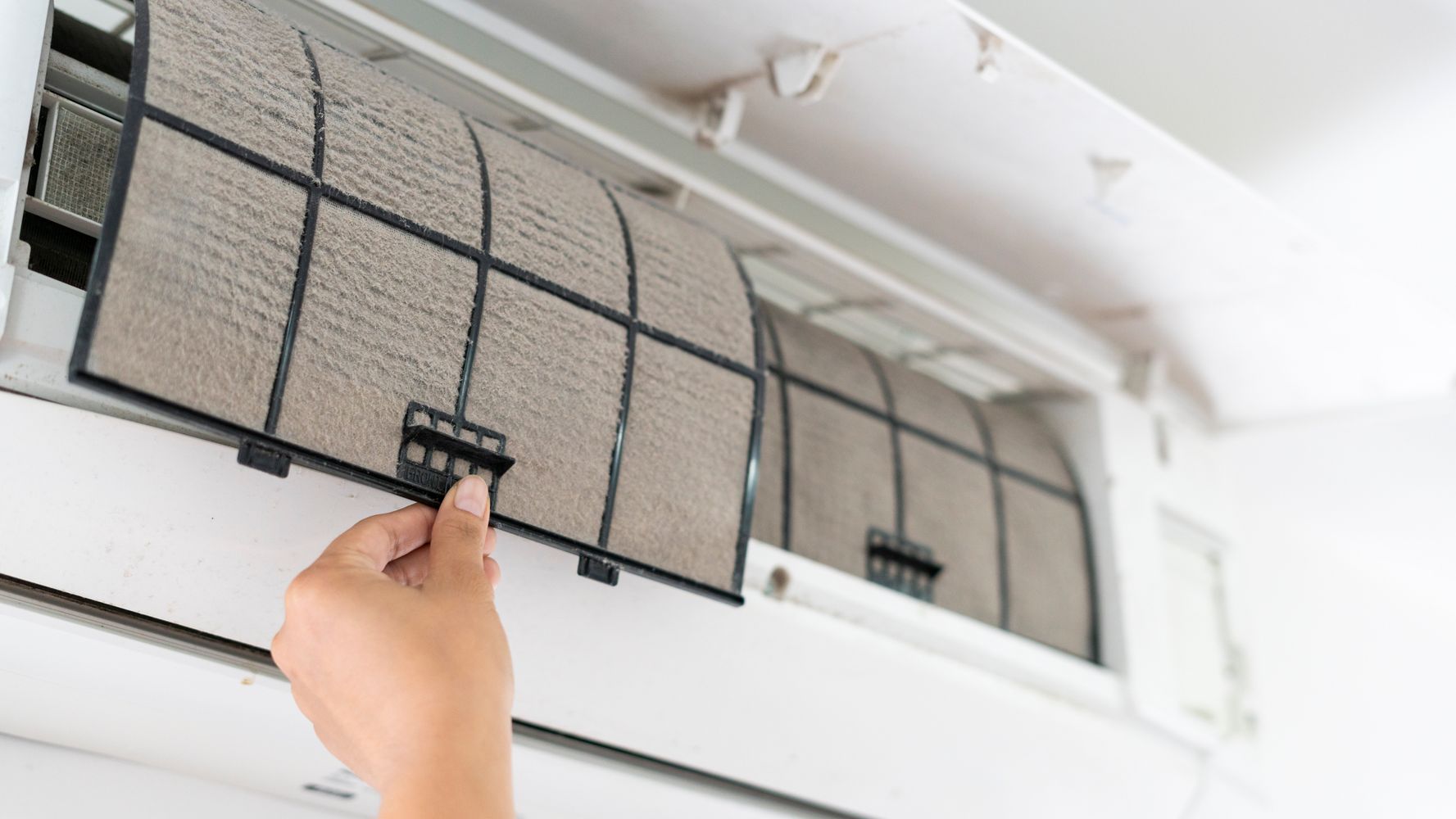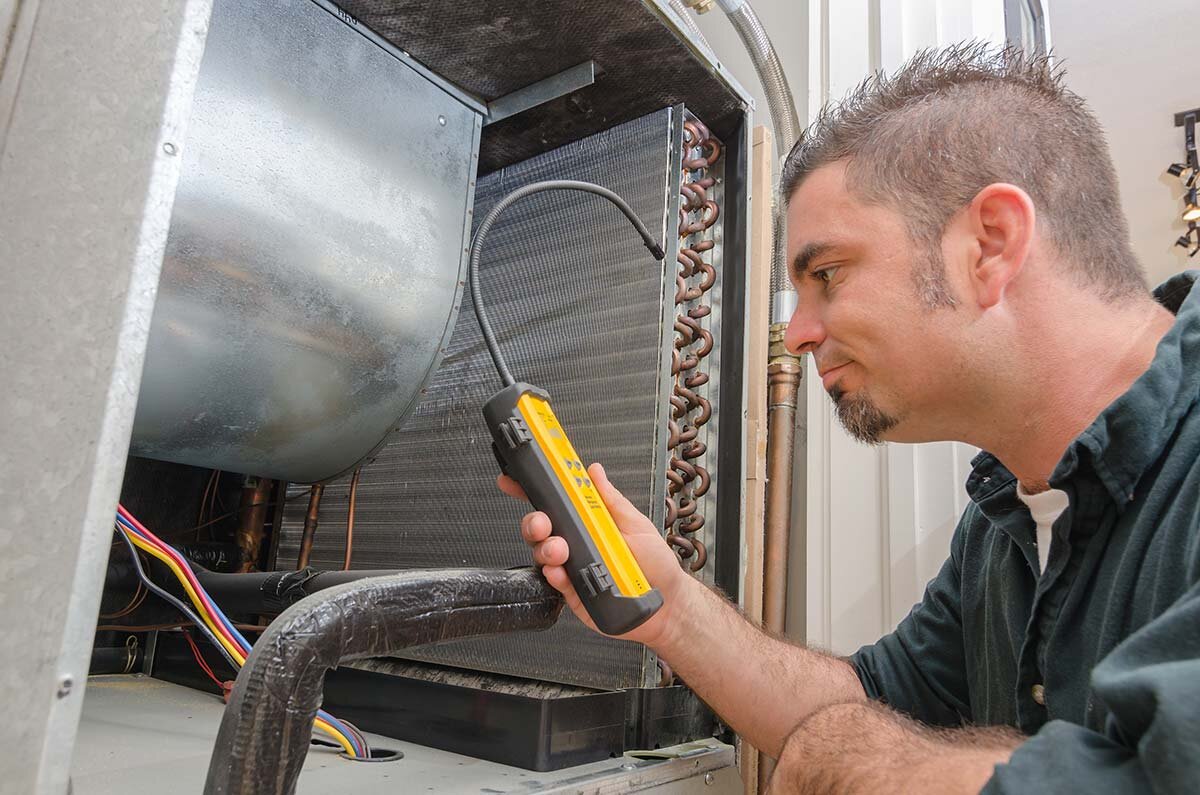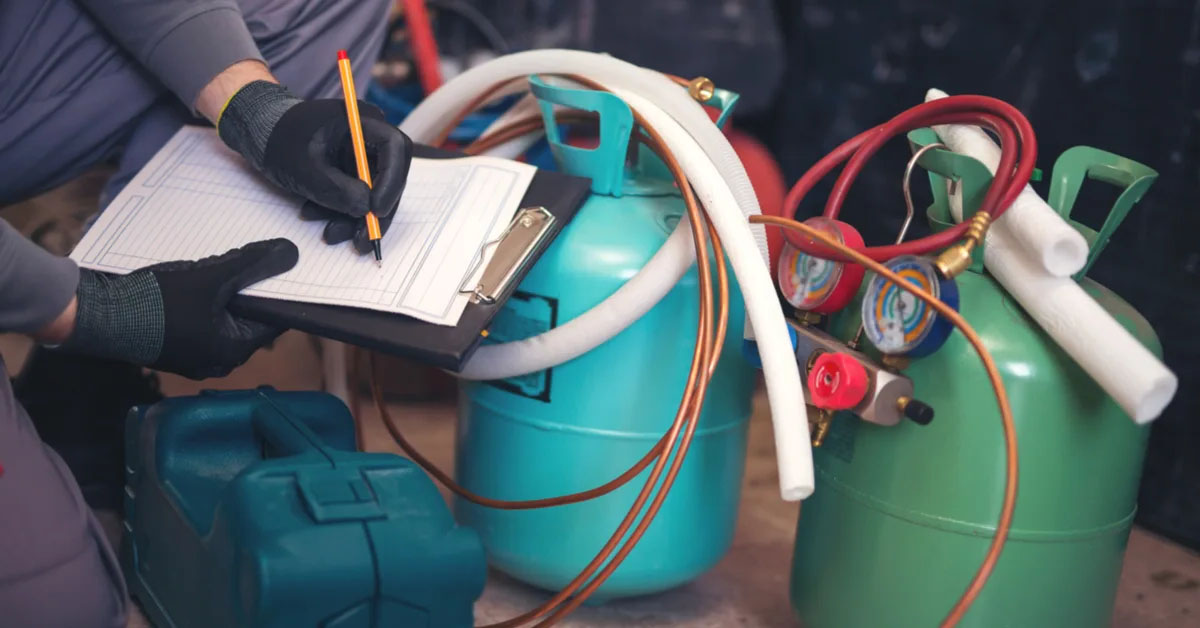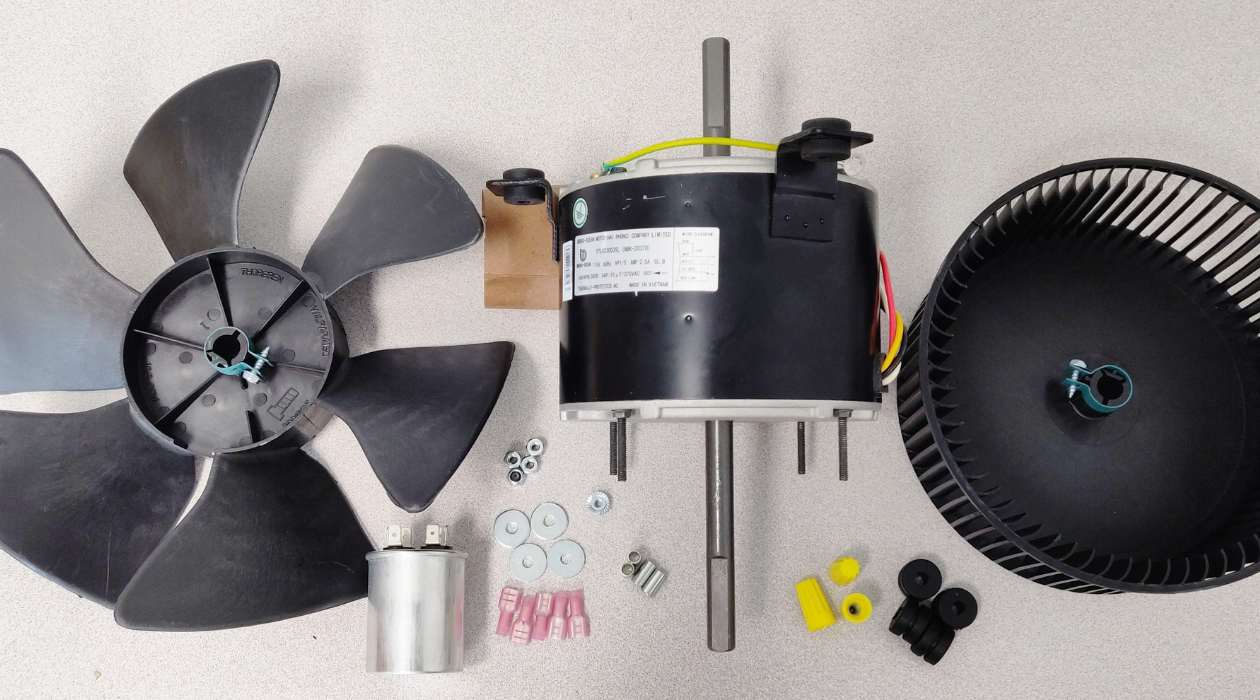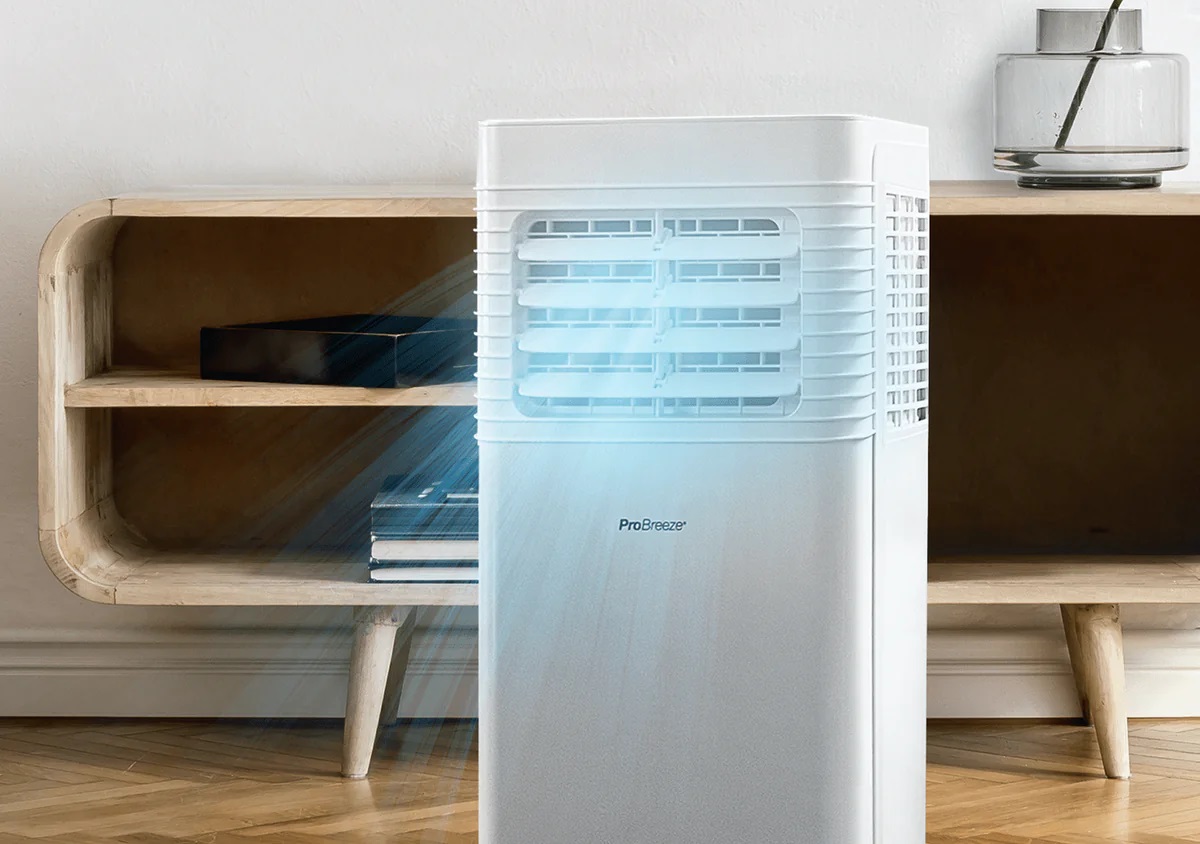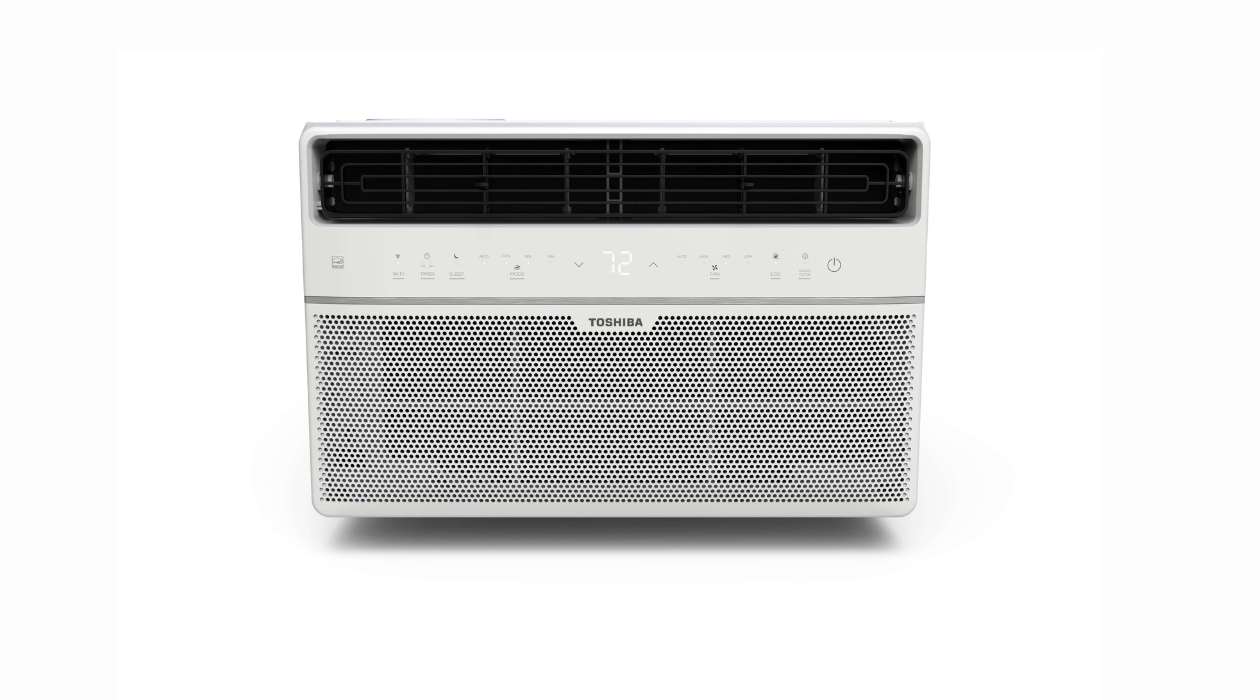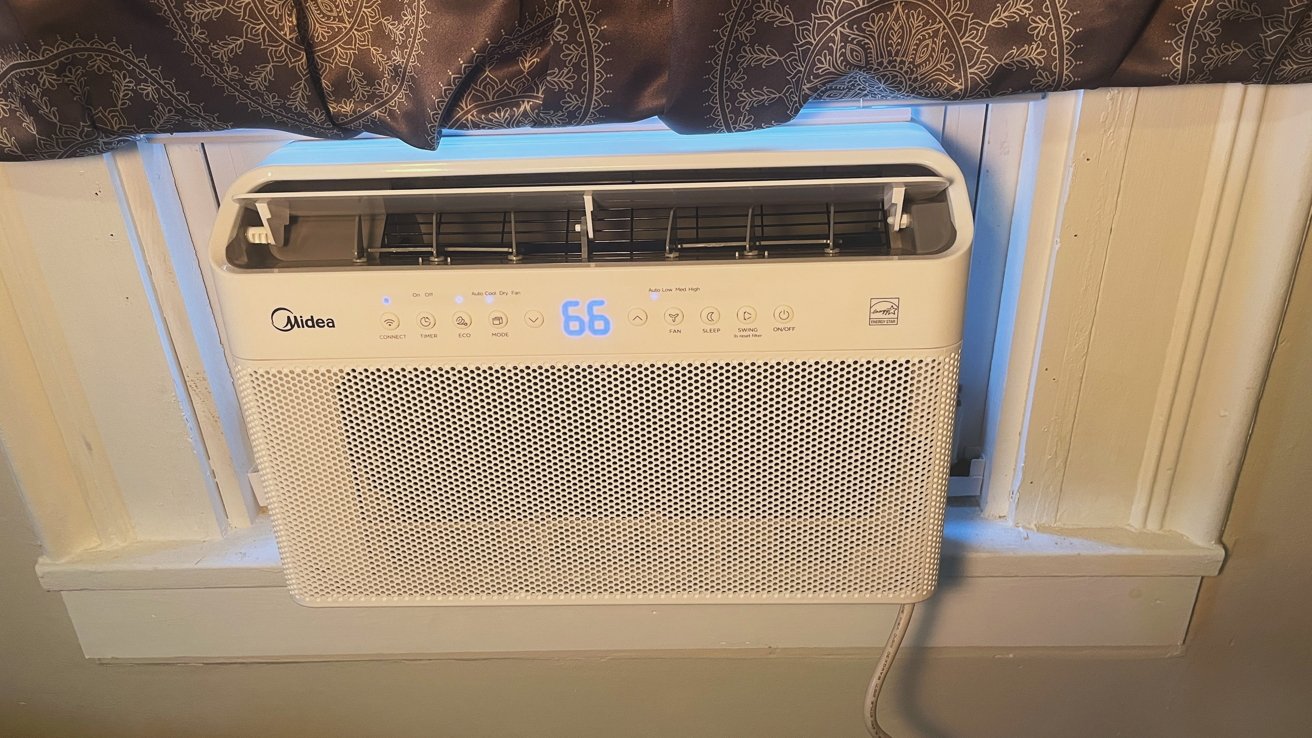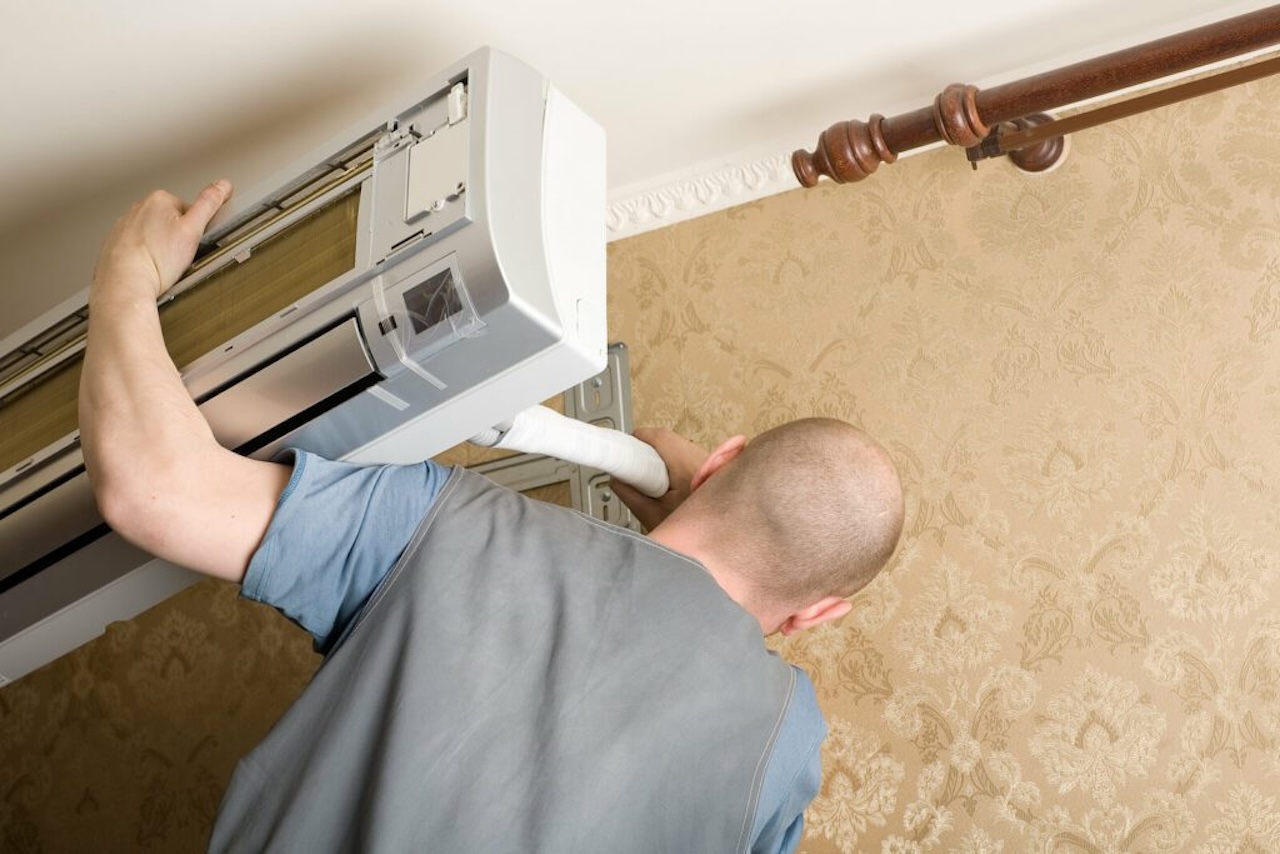Home>Home Maintenance>Where Is The Btu On An Air Conditioner


Home Maintenance
Where Is The Btu On An Air Conditioner
Modified: March 7, 2024
Discover where the BTU is located on an air conditioner and learn the importance of home maintenance for optimal cooling efficiency.
(Many of the links in this article redirect to a specific reviewed product. Your purchase of these products through affiliate links helps to generate commission for Storables.com, at no extra cost. Learn more)
Introduction
Welcome to our comprehensive guide on finding the BTU (British Thermal Unit) on an air conditioner. If you’re a homeowner or a DIY enthusiast looking to understand and optimize your home’s cooling system, understanding the BTU rating of your air conditioner is essential.
The BTU rating is a measure of an air conditioner’s cooling capacity. It indicates how much heat the air conditioner can remove from a room in an hour. Knowing the BTU rating is crucial for determining the appropriate size and efficiency of your air conditioner, ensuring optimal cooling and energy efficiency.
In this article, we will explore the importance of finding the BTU on an air conditioner and provide guidance on locating it. We will also discuss alternative ways to determine the BTU of an air conditioner if it is not readily visible.
Whether you are looking to purchase a new air conditioner or assess the effectiveness of your existing unit, understanding the BTU rating is vital for maintaining a comfortable living environment and cutting down on energy costs. So, let’s dive into the world of BTUs and unlock the secrets of your air conditioner!
Key Takeaways:
- Finding the BTU rating on your air conditioner is crucial for efficient cooling. Look in the user manual, on the manufacturer’s label, or contact the manufacturer for this important information.
- If you can’t find the BTU rating, consult an HVAC professional or use online calculators as a last resort. Choosing the right BTU rating ensures optimal cooling and energy efficiency.
Read more: How To Determine BTU For An Air Conditioner
Understanding BTU
Before we delve into finding the BTU on an air conditioner, let’s first understand what exactly BTU is and how it relates to cooling capacity.
BTU stands for British Thermal Unit, which is a unit of energy used to measure heat. In the context of air conditioning, BTU refers to the amount of heat that an air conditioner can remove from a room in one hour. Essentially, higher BTU ratings indicate a greater cooling capacity.
It’s important to note that the BTU rating alone does not determine the effectiveness of an air conditioner. Other factors, such as room size, insulation, and climate conditions, also come into play when calculating the ideal BTU capacity for your space.
As a general rule of thumb, you should aim for approximately 20 BTUs per square foot of the room you want to cool. However, this number can vary depending on factors such as ceiling height, number of windows, and the amount of insulation in your home.
Now that you have a basic understanding of what BTU represents let’s explore why it is crucial to locate the BTU rating on your air conditioner.
Importance of Finding the BTU on an Air Conditioner
Finding the BTU rating on your air conditioner is essential for several reasons. Let’s explore the importance of knowing the BTU of your unit:
- Proper Cooling Capacity: The BTU rating helps determine the appropriate cooling capacity needed for your space. If you choose an air conditioner with insufficient BTU for the room size, it may struggle to cool the area effectively. On the other hand, selecting an air conditioner with excessive BTU can lead to higher energy consumption and unnecessary expenses.
- Energy Efficiency: Understanding the BTU of your air conditioner allows you to choose one that is appropriately sized for your space. A properly sized unit will cool your home efficiently, reducing energy consumption and ultimately saving you money on your utility bills. By having an air conditioner that matches the cooling needs of your space, you can achieve optimal energy efficiency.
- Improved Comfort: Selecting an air conditioner with the correct BTU rating ensures that your space stays consistently comfortable. With the right cooling capacity, you can maintain a cool and comfortable indoor environment, even during hot summer months. Oversized or undersized units may result in temperature inconsistencies and discomfort.
- Effective Climate Control: The BTU rating also affects how effectively the air conditioner can remove humidity from the air. An adequately sized unit will not only cool the room but also effectively dehumidify it, creating a more comfortable and healthier living environment. Proper climate control helps prevent mold growth, improves air quality, and reduces the risk of respiratory issues.
- Longevity of the Air Conditioner: Using an air conditioner that is appropriately sized for your space can help extend its lifespan. When an air conditioner is not working at its optimal capacity due to being oversized or undersized, it may experience more wear and tear, resulting in a shorter lifespan. Finding the correct BTU rating helps ensure that your air conditioner operates efficiently and lasts longer.
With these important factors in mind, it becomes evident why finding the BTU rating on your air conditioner is crucial. Not only does it enable you to make an informed decision when purchasing a new unit, but it also helps you maximize the performance, efficiency, and lifespan of your existing air conditioner.
The BTU rating on an air conditioner is usually located on the product label or in the product specifications. It indicates the cooling capacity of the unit, helping you choose the right size for your space.
Common Locations for the BTU on an Air Conditioner
Locating the BTU rating on an air conditioner may vary depending on the make and model of the unit. However, there are several common locations where you can find this information. Let’s explore some of the typical places to look for the BTU on an air conditioner:
- User Manual or Documentation: The first place to check for the BTU rating is the air conditioner’s user manual or documentation. Manufacturers often provide detailed information about the unit’s specifications, including the BTU rating. Look for a section specifically dedicated to technical specifications or product details.
- Manufacturer’s Label: Most air conditioners have a manufacturer’s label located somewhere on the unit. This label often contains important information, including the BTU rating. The label can typically be found on the back, side, or bottom of the air conditioner. Carefully examine the label for any mention of the cooling capacity or BTU rating.
- Control Panel or Display: Some modern air conditioners come equipped with a control panel or display that shows various information about the unit. This may include the current temperature, modes, and even the BTU rating. Check the control panel or display for any indication of the cooling capacity or BTU rating. Keep in mind that not all air conditioners display the BTU rating on the control panel.
- Serial Number: In some cases, the BTU rating might be encoded in the air conditioner’s serial number. The serial number can usually be found on the manufacturer’s label or on the back of the unit. Look for any patterns or numerical values within the serial number that could indicate the BTU rating.
- Online Resources: If you are unable to locate the BTU rating on the air conditioner itself, consider searching for the make and model of the unit online. The manufacturer’s website or other reliable sources may provide detailed specifications, including the BTU rating of the specific model.
Remember, different air conditioner models may have different placement of the BTU rating information. If you are uncertain or unable to find the BTU rating using these common locations, it’s advisable to contact the manufacturer directly for assistance or consult a professional HVAC technician for guidance.
Now that we have explored the common locations for finding the BTU on an air conditioner, let’s discuss alternative methods to determine the BTU if it is not readily visible.
Other Ways to Determine the BTU of an Air Conditioner
In some cases, you may not be able to locate the BTU rating on your air conditioner using the common methods mentioned earlier. However, there are alternative ways to determine the BTU of an air conditioner:
- Contact the Manufacturer: If you are unable to find the BTU rating using the methods mentioned above, your best course of action is to contact the manufacturer directly. Manufacturers often have customer support or technical support teams that can assist you in identifying the BTU rating of your specific air conditioner model. Provide them with the make and model number of your unit, and they should be able to provide you with the necessary information.
- Consult an HVAC Professional: If contacting the manufacturer does not yield the desired results, it may be helpful to consult a professional HVAC technician. They have the expertise and knowledge to identify the BTU rating by assessing the cooling capacity of the air conditioner based on its size, power consumption, and other specifications. An HVAC professional can also provide recommendations on the appropriate BTU capacity for your space if you are considering purchasing a new air conditioner.
- Online BTU Calculators: Alternatively, you can utilize online BTU calculators to estimate the BTU rating of your air conditioner. These calculators usually require you to input specific details about your space, such as the room dimensions, insulation levels, number of windows, and geographic location. While these calculators can provide a rough estimate, it’s important to keep in mind that they may not be as accurate as other methods, especially if there are unique factors about your space that need to be considered.
It’s important to note that relying on alternative methods to determine the BTU rating should be a last resort. Whenever possible, it is recommended to locate the BTU rating using the common locations on the air conditioner itself or by reaching out to the manufacturer for accurate information.
By understanding the alternative ways to determine the BTU rating, you can ensure that you have the necessary information to make informed decisions about your air conditioner and its cooling capacity.
Read more: How Much Is An 8,000 Btu Air Conditioner
Conclusion
Understanding the BTU (British Thermal Unit) rating of your air conditioner is crucial for maintaining a comfortable and energy-efficient home. The BTU rating indicates the cooling capacity of the unit and helps you determine the appropriate size and efficiency for your space.
In this comprehensive guide, we covered the importance of finding the BTU on an air conditioner and provided insights into common locations where you can locate this information. From checking the user manual or documentation to examining the manufacturer’s label or control panel, there are several avenues to explore when searching for the BTU rating.
However, if you are unable to find the BTU rating using the common methods, we discussed alternative ways to determine the BTU. Contacting the manufacturer directly or consulting an HVAC professional can help provide accurate information about your air conditioner’s cooling capacity. Additionally, online BTU calculators can offer a rough estimate based on your space’s dimensions and other factors.
By taking the time to find and understand the BTU rating of your air conditioner, you can optimize its performance, ensure energy efficiency, and create a consistently comfortable living environment. Remember, choosing an air conditioner with the appropriate BTU rating is crucial for effective climate control and can contribute to the longevity of the unit.
We hope that this guide has provided you with valuable insights into finding the BTU on an air conditioner and understanding its significance. Whether you are looking to purchase a new air conditioner or assess the capabilities of your current unit, knowing the BTU rating will help you make informed decisions to enhance your home’s cooling system.
Should you have any further questions or require additional assistance, do not hesitate to seek guidance from the manufacturer or consult a professional HVAC technician. Stay cool and enjoy the comfort of a properly sized air conditioner with the appropriate BTU rating!
Frequently Asked Questions about Where Is The Btu On An Air Conditioner
Was this page helpful?
At Storables.com, we guarantee accurate and reliable information. Our content, validated by Expert Board Contributors, is crafted following stringent Editorial Policies. We're committed to providing you with well-researched, expert-backed insights for all your informational needs.
